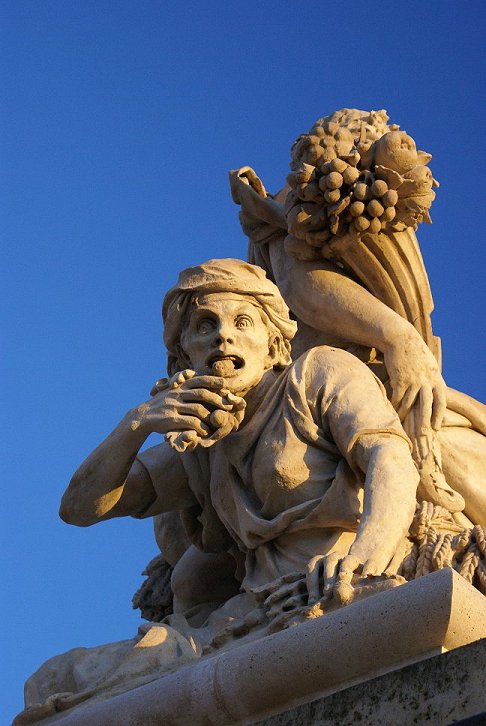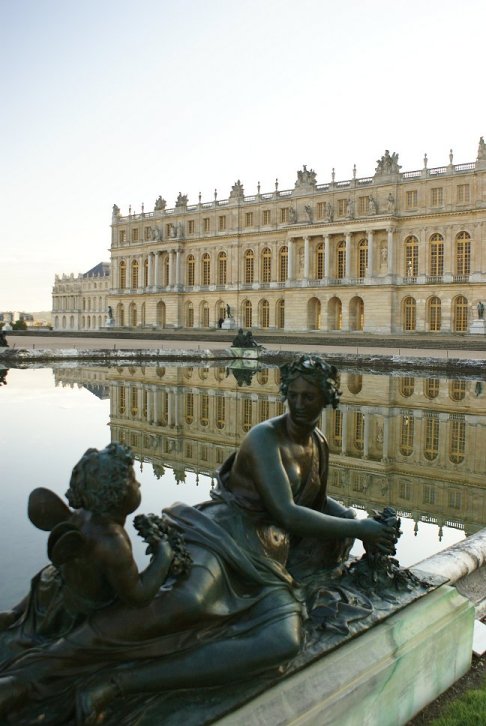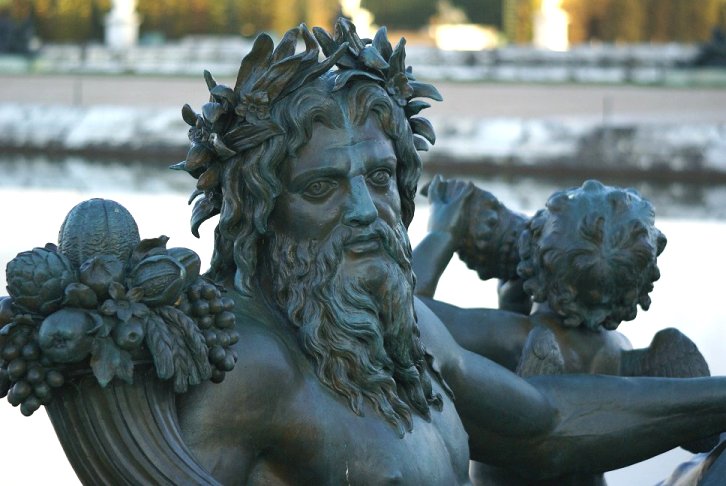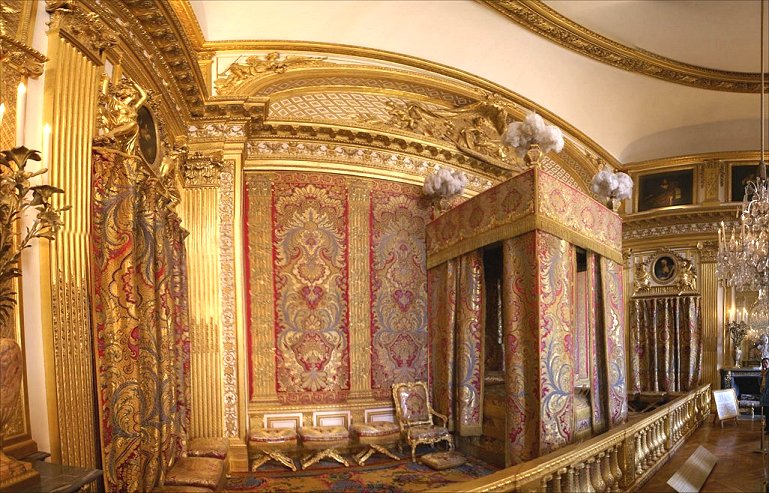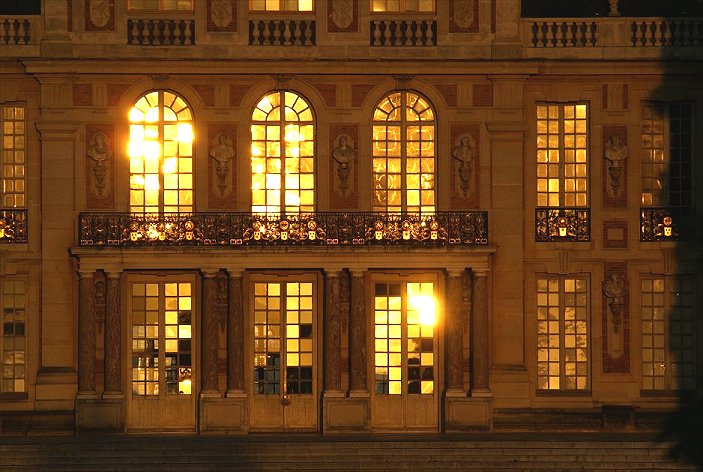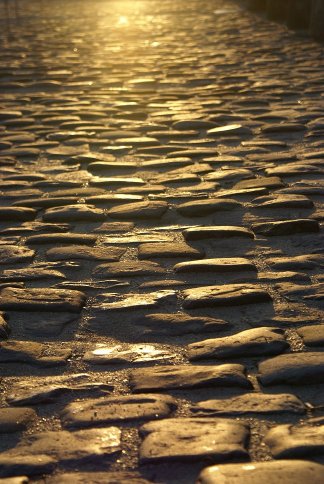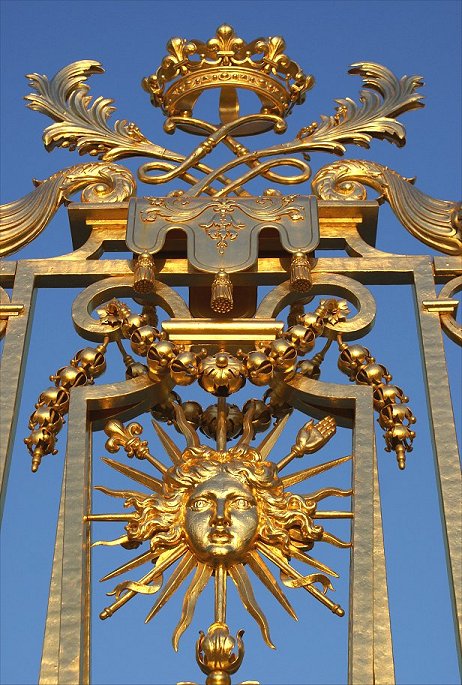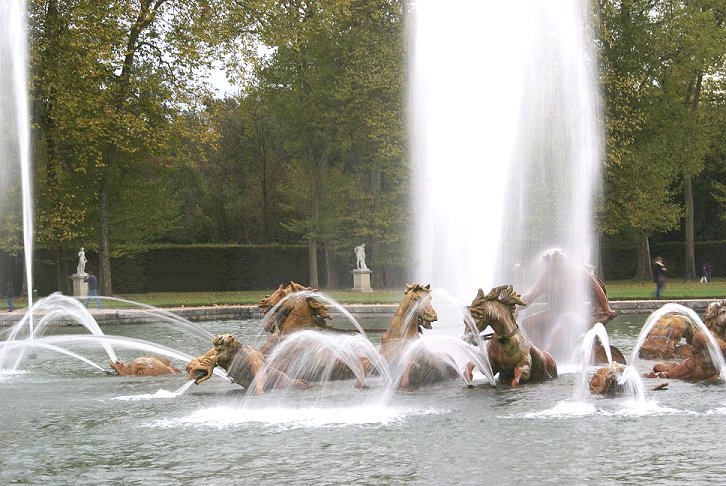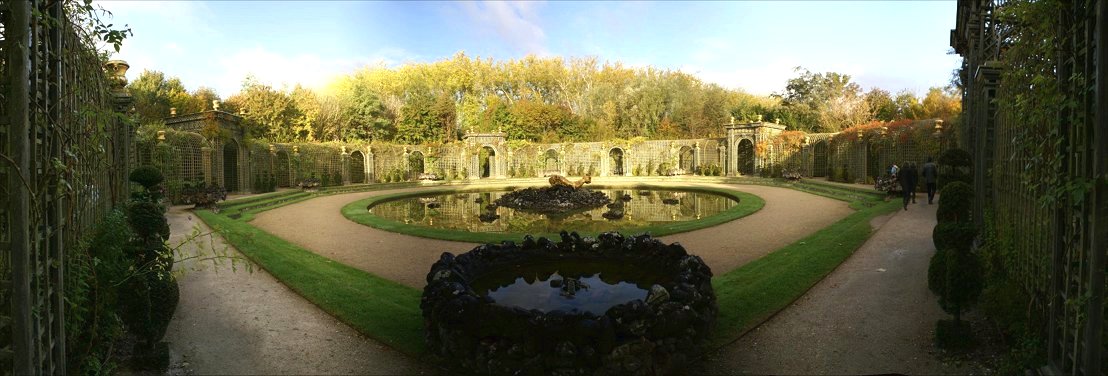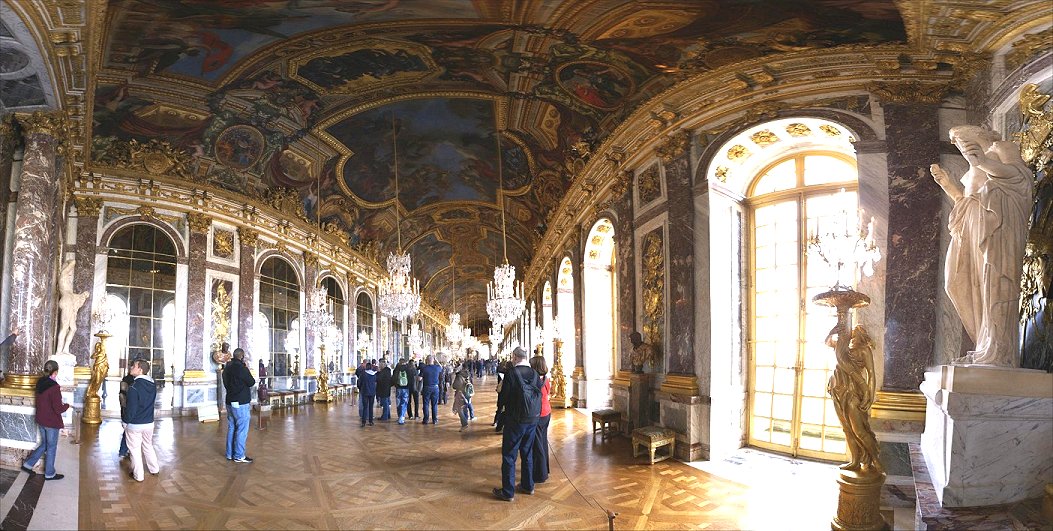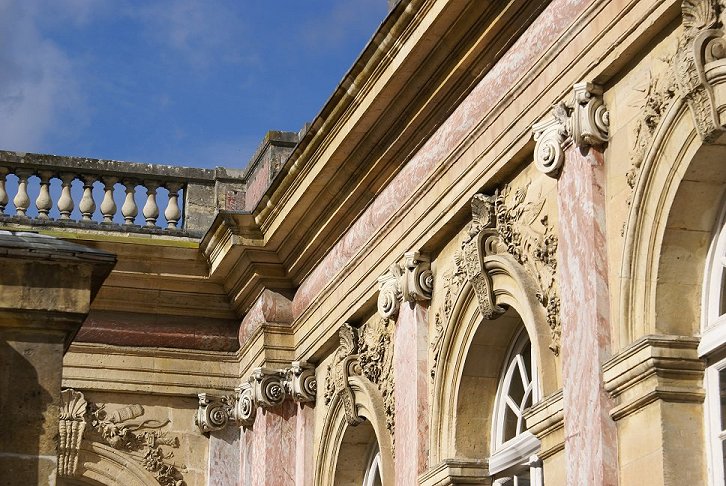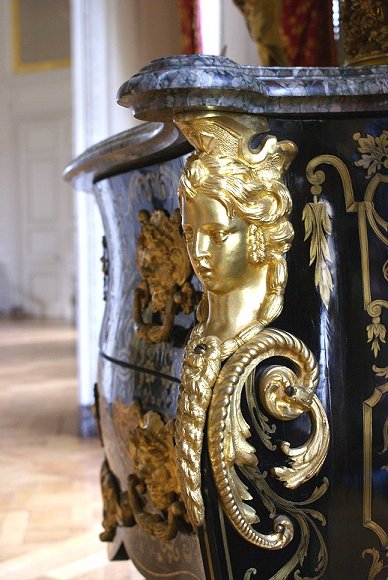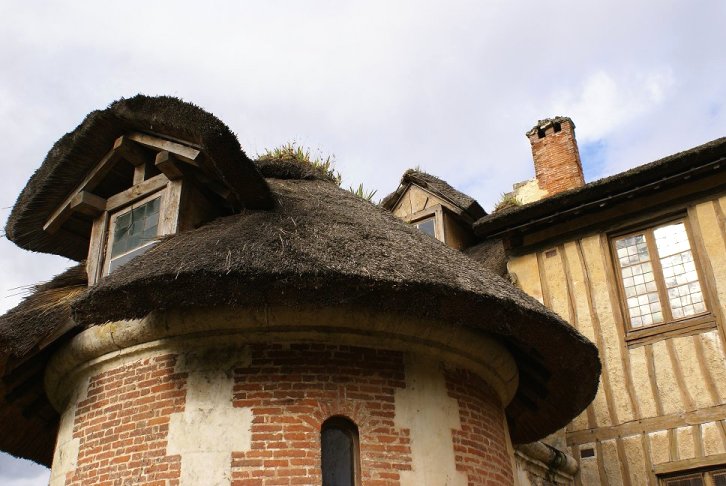| Once Louis XIV had gotten Fouquet out of the way following the lavish party at his Chateau Vaux le Vicomte,
Louis hired Fouquet's builders and artisans to build an even more grand
palace. Louis would not be 'first among equals', as some nobles saw
him, but rather an absolute monarch with greater control over his
realm. Versailles, about 10 miles southwest of Paris, was home to a
quaint hunting lodge. Starting in 1664, construction began in stages
of a massive palace complex, and from 1678 to 1682, Louis moved court
there. Far enough from Paris, the buildings of the big city were too
far away to compete with the grandeur of Versailles. The site itself
was uninspiring - swampy in places - but perhaps this symbolized Louis'
dominance over nature. Versailles was home not only to the king but
also to aristocrats, who were expected to stay there in the 'gilded
cage'. It was also the seat of government. Having survived the
Fronde, Louis wanted to keep the aristocracy near him and under
surveillance - no threat to him. The palace was designed to overawe
visitors with royal power. The grand stables could house 12,000
horses, and the palace was home to 1,000 nobles with 4,000 servants
with another 4,000 living in town. Although the gardens featured fountains, there was no running water in
the palace, and noblemen were known to urinate in the stairwells. |
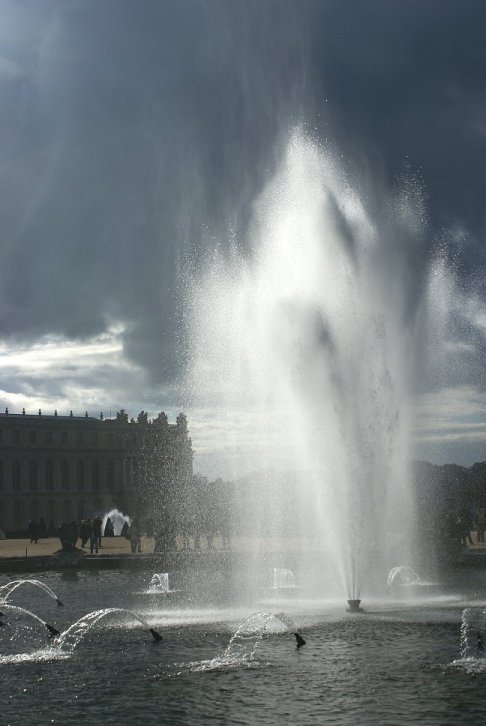 |


